What is an explosion proof LED flood light
An explosion proof LED flood light is a directional luminaire capable of producing a controlled beam of light for industrial area and task lighting. These luminaires are installed to illuminate outdoor environments where fire or explosion hazards may exist due to the presence of flammable gases or vapors, combustible dusts, or ignitable fibers or flyings. Outdoor areas classified as hazardous locations can be found in chemical and petrochemical processing facilities, oil refineries, drilling rigs, offshore oil platforms, marine loading and fuel transfer terminals, off-shore and dockside installations, tank farms, pipeline pumping stations, waste and sewage treatment plants, coal preparation plants and coal handling facilities, and outdoor paint spray facilities. Electrical equipment, which may produce arcs, sparks or high temperatures, can ignite an explosive atmosphere. The electrical installation therefore must be protected to prevent the ignition of potentially explosive atmospheres or materials outside the equipment. An explosion proof LED flood light is designed in a way that it will never give rise to explosion risks. Yet, it must be robust enough to perform in harsh environments that are typical of classified lighting applications.
Hazardous (classified) locations
Hazardous areas are locations where explosive concentrations of flammable gases, vapors, dusts, or ignitable fibers or flyings may exist in the atmosphere. In many countries there’re established systems that classify these areas and set rules for the types of luminaires that may be installed in each of the classified areas. In the United States the National Fire Protection Association (NFPA) published the NFPA 70, National Electric Code (commonly called the NEC) which defines classes and divisions of hazardous locations as well as requirements for electrical system design and equipment used in such locations. In Canada the Canadian Electrical Code (CEC) adopted the same system. Luminaires that are designed to be used in hazardous locations as classified by NEC or CEC must be third-party certified to UL 844 “Luminaires for Use in Hazardous (Classified) Locations” or CSA C22.2 No. 137 “Electric Luminaires for Use in Hazardous Locations”. The ATEX Directive which is a CENELEC (the European Committee for Electrotechnical Standardization) standard defines the criteria and requirements for the construction, testing and marking of electrical equipment intended for use in potentially explosive atmospheres within the European Union. The IECEx System of the International Electrotechnical Commission (IEC) on the other hand is an international system for certification of equipment for use in explosive atmospheres. Both IECEx and ATEX align with the same standards and use a Zone system to classify hazardous locations.
ATEX/IECEx
The ATEX/IECEx Zone system classifies explosive environments into Zones 0, 1, 2 for Gas, and Zones 20, 21, 22 for Dust.
Zone 0 identifies locations where ignitable concentrations of flammable gases, flammable liquid-produced vapors, or combustible liquid-produced vapors are present continuously or for long periods of time. Zone 1 identifies locations where ignitable concentrations of flammable gases, flammable liquid-produced vapors, or combustible liquid-produced vapors exist under normal operation or can be expected to be present frequently. Zone 2 identifies locations where ignitable concentrations of flammable gases, flammable liquid-produced vapors, or combustible liquid-produced vapors are not likely to occur and if it does, it will only be present for a short period of time.
Zone 20 defines locations where ignitable concentrations of combustible dusts are present continuously or for long periods of time under normal operating conditions. Zone 21 defines locations where ignitable concentrations of combustible dusts are likely to exist under normal operating conditions. Zone 22 defines locations where ignitable concentrations of combustible s are not likely to occur under normal operating conditions.
The Gas Groups are identified Group IIC (acetylene, hydrogen), Group IIB (ethylene), and Group IIA (propane) according to the characteristics of the gas or vapor involved. The Dust groups are identified Group IIIC (conductive dust), Group IIIB (non-conductive dust), and Group IIIA (combustible flyings) depending on the specific electrical resistance of the dust.
NEC/CEC
The NEC 500 Class/Division system breaks down hazardous environments into three classes that have been designated as Class I, Class II, or Class III. Class I locations are those that are hazardous due to the presence of flammable gases, flammable liquid-produced vapors, or combustible liquid-produced vapors. Class II locations are those that are hazardous because of the presence of combustible or electrically conductive dusts. Class III locations are those that are hazardous due to the presence of easily ignitable fibers or flyings.
Each of the three Classes is further subdivided into two Divisions which identify the likelihood of hazardous substances being present in ignitable or combustible concentrations in the surrounding atmosphere. Division 1 defines hazardous environments where the hazard exists during normal operating conditions. Division 2 defines hazardous environments where the hazard may be present under abnormal conditions.
Each classification also is subdivided by groups depending on the nature of the flammable or explosive substance. Gases fall into Groups A (acetylene), B (hydrogen), C (ethylene, ethyl ether vapors) or D (propane, butane, gasoline, hexane, naphtha, benzene, alcohol, acetone, benzol, lacquer, solvent vapors or natural gas). Dusts fall into Groups E (metallic dusts including magnesium, aluminum and their commercial alloys), F (carbon black coal or coke dust) or G (flour, starch or grain dust). NFPA 70 NEC Articles 505 and 506 introduces an Americanized version of the IEC Zone system which uses the same protection concepts with the ATEX/IECEx classification system and runs parallel to the Class/Division system.
Explosion containment
Explosion proof flood lights rely on the use of explosion proof enclosures or dust-ignition proof enclosures to eliminate the source of ignition or likelihood of explosion. In Class I hazardous environments or ATEX/IECEx Gas zones flammable gases and vapors are expected to get inside the enclosure. A luminaire rated for use in these hazardous locations is built on the concept of explosion containment. The light engine and electrical components are enclosed by a robust housing which is capable of withstanding an explosion of a specified gas or a vapor that may occur within it and of keeping an internal explosion within the explosion proof enclosure from escaping outward and igniting the surrounding hazardous gas or vapor.
The luminaire enclosure must be strong enough to contain an explosion within and provide a flame path for the passage and escape of burning gas resulting from the internal explosion. The flame path is designed so that the hot gas created inside the luminaire during an internal explosion is cooled below the ignition temperature of the surrounding explosive atmosphere.
In the case of luminaires designed for use in Class II and III hazardous environments or ATEX/IECEx Dust zones, the explosion protection is accomplished to enclose the light engine and electrical components in a manner that excludes combustible dusts or ignitable fibers and flyings and prevents arcs, sparks, flashes, or heat otherwise generated or liberated inside of the luminaire enclosure from igniting the surrounding atmosphere.
Flood lights installed in all hazardous environments should maintain an operating temperature that is lower than the ignition temperature of the surrounding explosive atmosphere. The operating temperature in this context refers to the temperature of the luminaire’s hottest surface that comes in contact with atmospheric explosion hazards.
Lighting technology
Today’s industrial facilities are tasked with improving productivity and safety while reducing operating costs. The ongoing transition to solid state lighting enables human productivity, cost savings and new applications previously thought impractical or not even thought of. LEDs have many distinctive characteristics that lend them perfectly to hazardous location lighting applications that were previously the realm of HID and fluorescent lights. LED lighting allows for holistic optimization of all lighting application efficiency (LAE) factors for substantial energy savings beyond just improvements to light source efficiency. These LAE factors include optical delivery efficiency, spectral efficiency, and intensity effectiveness. In addition to a significant reduction in operating costs through energy efficiency and reduced maintenance, the reliability, durability and improved lighting quality contribute to an increase in productivity and safety.
Fluorescent and HID explosion proof lights have a lower source efficiency and LAE, and their physical and electrical characteristics create constraints of their use in hazardous environments which place high demands on the robustness of the lighting system. These glass enveloped light sources are fragile when mechanical shocks or vibrations occur. Greater explosion hazards can be present when HID sources such as metal halide and high pressure sodium lamps are used in hazardous environments. These light sources operate not only at very high pressures, but also at temperatures above 1000°C which can ignite the surrounding explosive atmosphere of any material composition when the glass envelop breaks and the hot quartz falls out of the fixture.
LEDs are low voltage devices that converts electrical power to optical power through electroluminescence. Their spark-free operation, solid state durability and semiconductor nature give them the unique ability to create explosion proof lighting systems with high performance, reliability and safety.
Flame path construction
Explosion proofing lays a great emphasis on mechanical engineering. An explosion proof LED flood light is constructed with a rugged die cast aluminum housing which gives the luminaire. structural strength, heat sinking capability and corrosion resistance. A one-piece, die-cast aluminum door frame secures a high strength, impact resistant tempered glass lens to the housing to form the explosion proof or dust-ignition proof enclosure. For luminaires intended for use in Class I hazardous environments or ATEX/IECEx Gas zones, the enclosure must be built to resist the excess pressure created by an internal explosion. The explosion proof enclosure must withstand a hydrostatic test of four times the maximum internal explosion pressure without rupture.
The flame path between the housing and door frame must be sufficiently long and provide a controlled interstice to guarantee effective cooling of the burning gas and, preferably, exclude dust, flyings and fiber from the enclosure’s interior. A flood light can have multiple flame paths. Since the LED driver is often enclosed in a separate compartment or box for thermal isolation and ease of maintenance, the driver enclosure should be explosion protected.
Thermal engineering
Thermal management of an explosion proof LED flood light encompasses two aspects of consideration. The objective of thermal engineering for LED luminaires used in ordinary locations is to ensure that the temperature of all temperature-sensitive components, in particular the LEDs, is maintained within functional and absolute maximum limits. The thermal design gives full attention to the system’s ability to draw heat away from the LED junction.
In hazardous location lighting applications effective thermal management is not only critical to the performance and useful life of LEDs but also crucial to safety. The highest surface temperature of the luminaire must always be lower than the ignition temperature of the surrounding explosive atmosphere to prevent explosion. Flammable gases can be classified into temperature classes (T-codes) according to their ignition temperature. The T-codes range from a very hot T1 at 450°C ( 842˚F) down to a cool T6 at 80°C (185˚F). The temperature classification allows verification of product suitability for a particular hazardous location environment.
Although there’re no T-codes created for combustible dusts, the ignition temperature of dusts is usually lower than that of flammable gases and vapors, and therefore the control of operating temperature is more rigorous for Class II and Class III luminaires than for Class I luminaires. Furthermore, the T-rating of Class II and Class III luminaires is measured on the inside of the luminaires because the explosive atmosphere can accidentally reach inside the luminaire. On the other hand, the T-rating of Class I explosion protected luminaires is measured on the exterior of the luminaires because of their ability to contain internal explosions. As a result, the surface temperature of an explosion proof LED flood light should be reduced to a minimum in order to achieve a good temperature rating.
For dust-ignition proof LED flood lights, the not only thermal transfer resistances along the thermal path which the heat flow has to overcome should be kept low to prevent a buildup of heat within the luminaire, the drive current should be controlled to ensure minimal thermal energy is generated in the LED junction. For explosion proof LED flood lights (Class I luminaires), the heat sink, which conduct heat away from the LED circuit board and then to convect and radiate heat to the ambient air, should have an adequately large surface area so that its surface temperature can be minimized.
System integration
The performance and useful life of an explosion proof LED flood light are determined by all its constitutive parts and their behavior under environmental and operational stresses. While mechanical engineering and thermal management play a key role in determining the suitability and reliability of an LED luminaire in hazardous environments, many of the performance variants that the LED luminaire offers depend on the light engine design and how the LEDs are selected and integrated into the systems.
Explosion proof LED flood lights are offered with a choice of lumen packages, light distributions, color temperature options and color rendering accuracies. The LEDs, which can be high power packages, reflective PLCC packages or COB packages, are mounted on a metal core printed circuit board (MCPCB) which is directly attached to a heat sink or indirectly arranged with a thermal interface material (TIM) placed between the PCB to the heat sink to maximize the heat flow. Secondary optics are commonly used to control the light distribution for area lighting or task illumination.
An LED flood light is only as good as its driver, which regulates the power to the LED array. Most LED drivers are designed as switching power supplies with active power factor correction circuit maintains high power factor and a low total harmonic distortion (THD) over a wide input voltage range. A DC-DC converter provides a substantially constant current to the LED load. Built-in differential-mode and common-mode surge immunity protects the driver and the connected LEDs against surge events. To unlock the energy savings potential of lighting controls, many LED drivers allow CCR and/or PWM dimming of the connected LEDs and accept control input through a 0-10V or digital addressable lighting interface (DALI) interface.
Ingress and corrosion protection
Outdoor LED flood lights are thoroughly sealed and gasketed at all points of entry and material transition to prevent the ingress of moisture, dust, contaminants and insects that can be present in outdoor environments. Dusttight integrity is one of the design requirements for luminaires installed in Class II and III hazardous environments or ATEX/IECEx Dust zones. To prevent corrosion of the aluminum housing caused by humid air, salts, pollutants, dust, and the effect of ultraviolet radiation, chemical conversion coatings are often used as a pretreatment to protect the surface from corrosion by forming a physical barrier to the environment while improving adhesion between the substrate and UV protective topcoat.

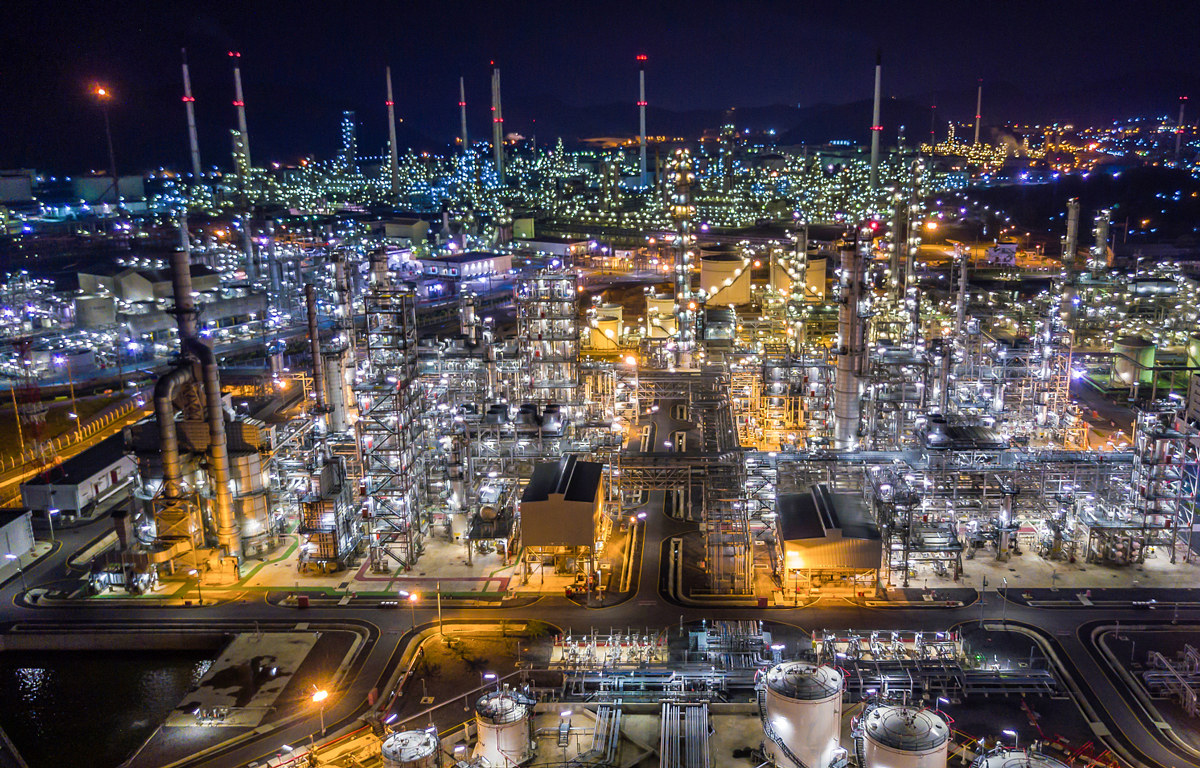
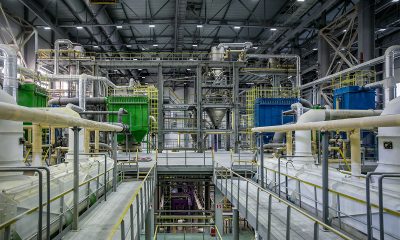
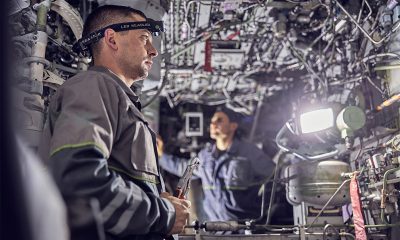

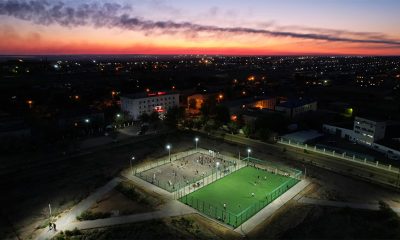

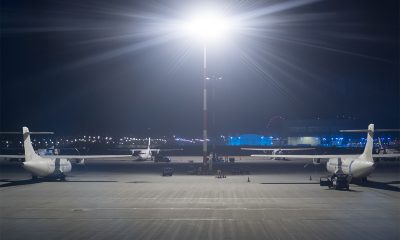
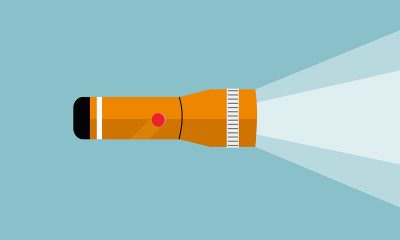
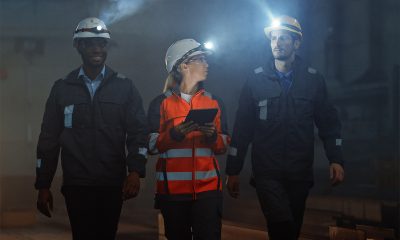
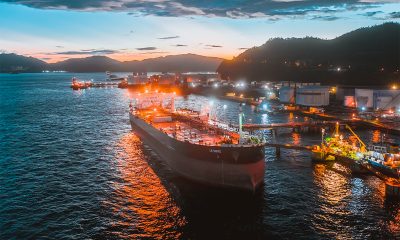
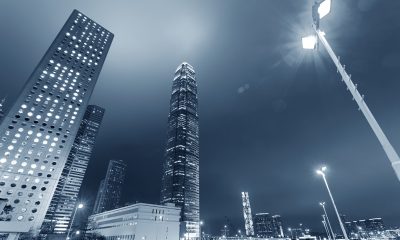
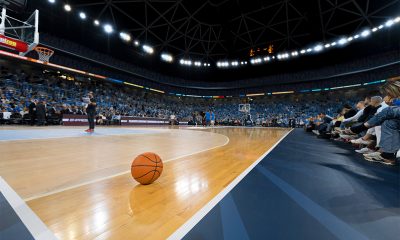
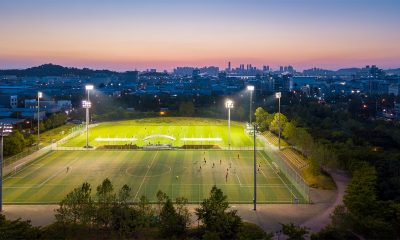





Loading...